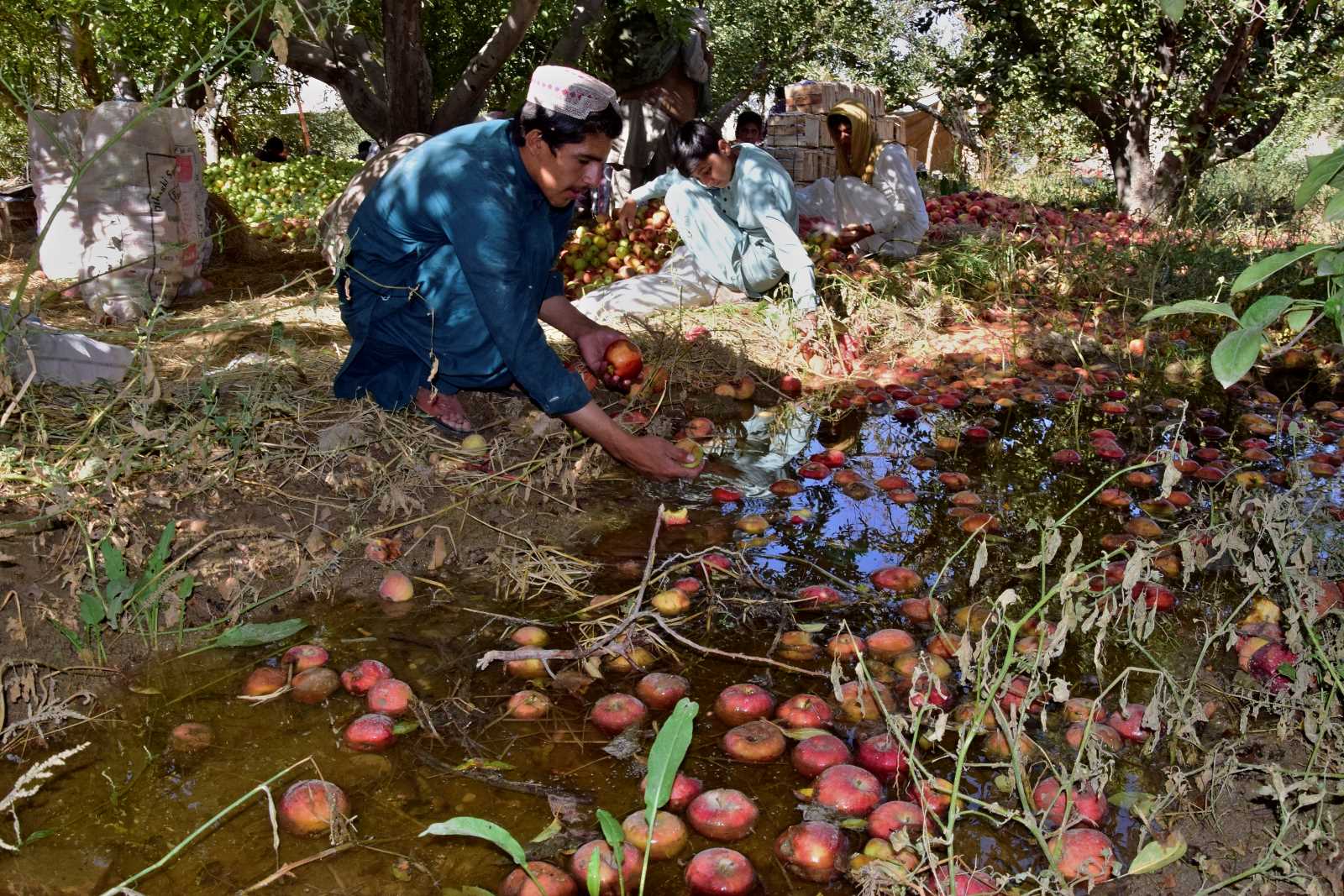Southeast Asia is suffering the worst drought in decades
Several countries are experiencing the worst drought in decades. In Cambodia, for instance, the whole country is affected. Animals are dying and humans suffering. One reason is el Niño, which has been disrupting weather patterns around the world. This weather phenomenon is causing record temperatures and delaying the rainy season that usually sets in in May. This year, it is predicted not to start before July. The whole cycle of planting, tending and harvesting crops depends on the rain pattern. This is especially true for rice, the main staple food for Cambodians and many other Asian countries.
The other reason are major hydropower dams on the Mekong that change the river’s water levels. Six of them are already in use in China, two are under construction in Laos and nine others planned on the main stream. Environmentalists have long warned that building huge dams on this important lifeline will have devastating impacts on millions of people.
The Mekong’s water normally feeds the lake Tonle Sap in Cambodia. When water masses flow down the Mekong in the rainy season, the Tonle Sap usually quadruples in size. It is Southeast Asia’s largest freshwater lake and the country’s main source of fish – the second most important food after rice, providing essential protein. Fisheries are the residents’ main source of income. This year, so far, the yield is pitiful.
In neighbouring countries, the situation is not much better. Thai farmers are struggling with drought too, and about 2 million people are short of drinking water in Vietnam. The low level of the Mekong has also allowed more saltwater to flow further upstream in Vietnam’s Mekong Delta region – the country’s main rice growing region – than normal. Vietnamese media are reporting crop losses.
This year’s global rice yield is expected to be at least 10 % lower than last year’s. Thailand and Vietnam are the world’s major exporters. That means world market prices will rise – which will hurt farmers who have lost their crops and must buy food. Thus, the poorest will suffer twice.
El Niño won’t come back next year. But the climate keeps changing, temperatures will rise further, and weather patterns are becoming increasingly unreliable.














